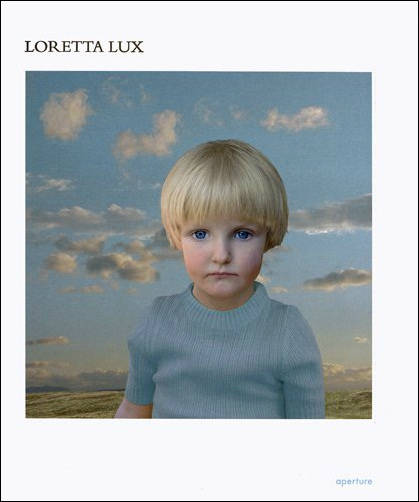Данные документа
Тип
Уровень доступа
Доступ по запросу
Место хранения
Москва, Архив Музея современного искусства «Гараж»
Год издания
Место издания
Нью-Йорк
Издательство
Ключевые слова
Описание
This series of photographs by Loretta Lux consists of hyperrealistic portraits of children. After carefully choosing the models, costumes and backdrops — sometimes using her own paintings — she digitally combines and enhances each element to form meticulously structured tableaux. The consistently forlorn expressions of her models combined with the hyperreality of the image create portraits that transcend their subjects and remind us that childhood is as chaotic and multidimensional as any other part of life.
Связанные персоны
- / Автор статьи
- / Редактор
- / Персоналия
